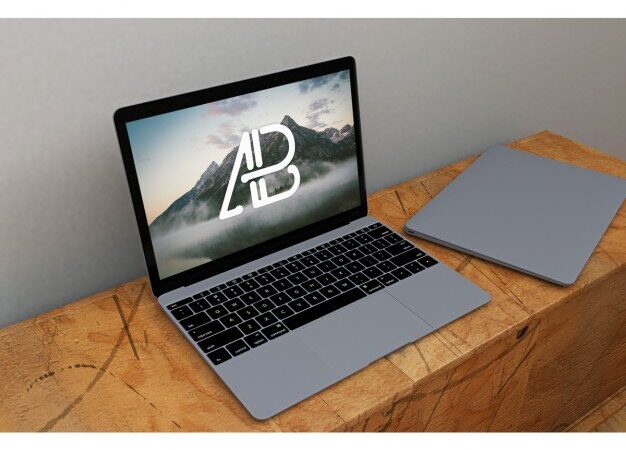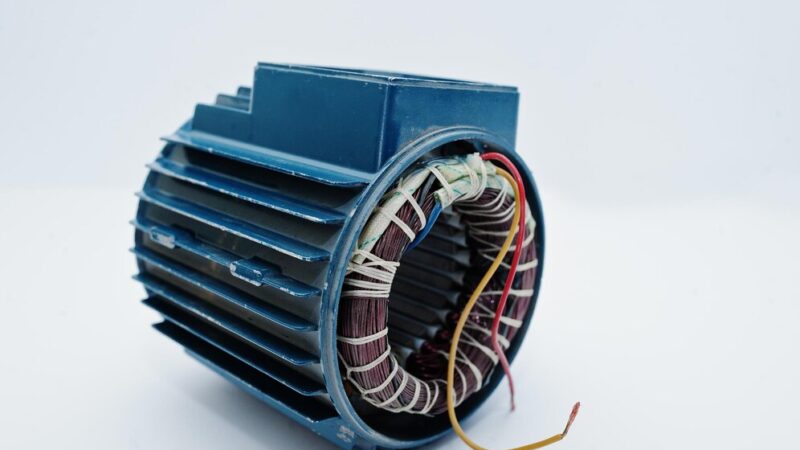Popover Component Not Screen Responsive in PrimeVue: Troubleshooting and Solutions

Introduction
PrimeVue, a popular Vue.js component library, provides a wide range of UI components, including the Popover component, which is used for displaying small overlay windows of information. However, like any web development tool, users may sometimes encounter issues—one of the most common being that the Popover component is not responsive on certain screen sizes. Responsiveness is critical in modern web design to ensure optimal user experiences across devices, so this issue needs to be addressed effectively.
In this article, we’ll explore common causes for the Popover component not being screen-responsive in PrimeVue, discuss potential troubleshooting steps, and offer practical solutions. By following these tips, developers can ensure their applications are adaptable across various screen sizes.
Understanding the Popover Component in PrimeVue
The Popover component in PrimeVue allows you to display extra information or actions when users interact with a specific element (usually a button or icon). It’s highly useful for contextual help, tooltips, or additional action menus without redirecting the user to another page.
Out of the box, the Popover component should inherit the general responsiveness provided by the underlying CSS styles. However, issues with responsiveness often arise from either custom styling, improper implementation, or external factors such as the viewport or container limitations.
Common Reasons for Non-Responsiveness in PrimeVue Popover
1. Fixed or Absolute Positioning
A common reason for a Popover not adjusting properly to the screen is the use of fixed or absolute positioning. Since popovers are essentially overlays, they can be positioned either relative to the parent element or absolutely on the page. If the positioning is absolute or fixed without careful consideration of the screen size, the popover may not scale or shift appropriately for smaller screens.
2. Viewport Size Not Considered
Sometimes, the Popover content is too large for smaller screens, resulting in overflow or hidden content. This can happen when the dimensions of the popover are hardcoded, or when media queries are not properly set up to handle smaller viewports.
3. Custom CSS Overrides
PrimeVue comes with a default set of styles that are designed to be responsive. However, developers often add custom CSS to meet specific design requirements. If these custom styles are applied without considering responsiveness, the popover may lose its ability to adapt to different screen sizes.
4. Lack of Responsive Design in Parent Containers
The responsiveness of a popover is also dependent on its parent containers. If a container has non-responsive design properties, it can restrict the flexibility of the popover. For instance, if the parent container has a fixed width or does not scale based on screen size, the popover may not display correctly.
Solutions to Make the Popover Component Responsive
1. Use Relative Positioning
Instead of absolute or fixed positioning, try using relative positioning within the container. This allows the Popover to move dynamically based on the parent container’s size and screen resolution. You can use CSS to set relative positioning while ensuring the popover is aligned correctly:
This ensures that the popover remains within the bounds of its container and adjusts its position based on screen size.
2. Use Media Queries
Media queries are an excellent way to ensure responsiveness. You can define breakpoints for various screen sizes and adjust the styles accordingly. For instance, if the popover’s width needs to change based on screen size, you can add the following media queries:
This ensures that the Popover adjusts its dimensions dynamically as the screen size changes.
3. Set Maximum Width for Popover
Instead of hardcoding a fixed width for the popover, use a maximum width (max-width) in your styles. This ensures that the popover can shrink when the screen size is reduced, but it will still maintain a usable size for larger screens.
By allowing the popover to shrink and grow according to screen size, you ensure it adapts to different devices while maintaining usability.
4. Ensure Parent Containers Are Responsive
Check the parent containers to ensure they are also responsive. You can use percentages or flexbox layouts to make the container more adaptable. For instance:
This allows the popover to reside in a flexible container that adapts to different screen sizes.
5. Utilize PrimeVue’s Built-in Responsive Utilities
PrimeVue offers built-in classes and utilities that can help in making components responsive. Make sure to use classes such as p-fluid those that are designed for responsiveness. For example:
The p-fluid the class helps ensure that the dialog or popover adjusts according to screen size, and you don’t need to add much custom CSS.
Best Practices for Responsive Popover Design
1. Keep Popover Content Minimal
Popovers are meant for small amounts of content. Keeping the content minimal ensures it fits on smaller screens without overwhelming the user. Avoid stuffing popovers with too much information. Instead, provide key points and links for further exploration.
2. Test Across Devices
It’s crucial to test your application on various devices and screen sizes, including mobile phones, tablets, and desktops. Tools like Google Chrome’s DevTools allow you to simulate different screen sizes easily. Always check how the popover behaves when the screen is resized to ensure it remains user-friendly.
3. Prioritize Accessibility
Responsiveness isn’t just about fitting content on smaller screens; it’s also about ensuring the popover remains accessible and usable. Make sure the popover can be dismissed or interacted with easily on all devices. Consider using larger buttons or more spaced-out elements for mobile screens, where touch input is common.
4. Optimize for Performance
Popovers should load quickly and without lag, especially on mobile devices where resources may be limited. To achieve this, ensure that unnecessary JavaScript or CSS is removed and that only the essential code runs when the popover is triggered.
Conclusion
Making the Popover component in PrimeVue responsive is essential for delivering a great user experience, especially on mobile devices. By addressing common issues such as fixed positioning, improper CSS, or non-responsive parent containers, you can ensure the popover adjusts appropriately to any screen size.
Utilizing tools such as media queries, relative positioning, and PrimeVue’s responsive classes can dramatically improve the responsiveness of your popover. Additionally, by adhering to best practices such as keeping content minimal and testing across devices, you ensure that your popover works seamlessly for all users.
Incorporating these strategies will help you build a robust, user-friendly, and responsive interface that enhances the overall usability of your application, regardless of the device or screen size your users are on.





